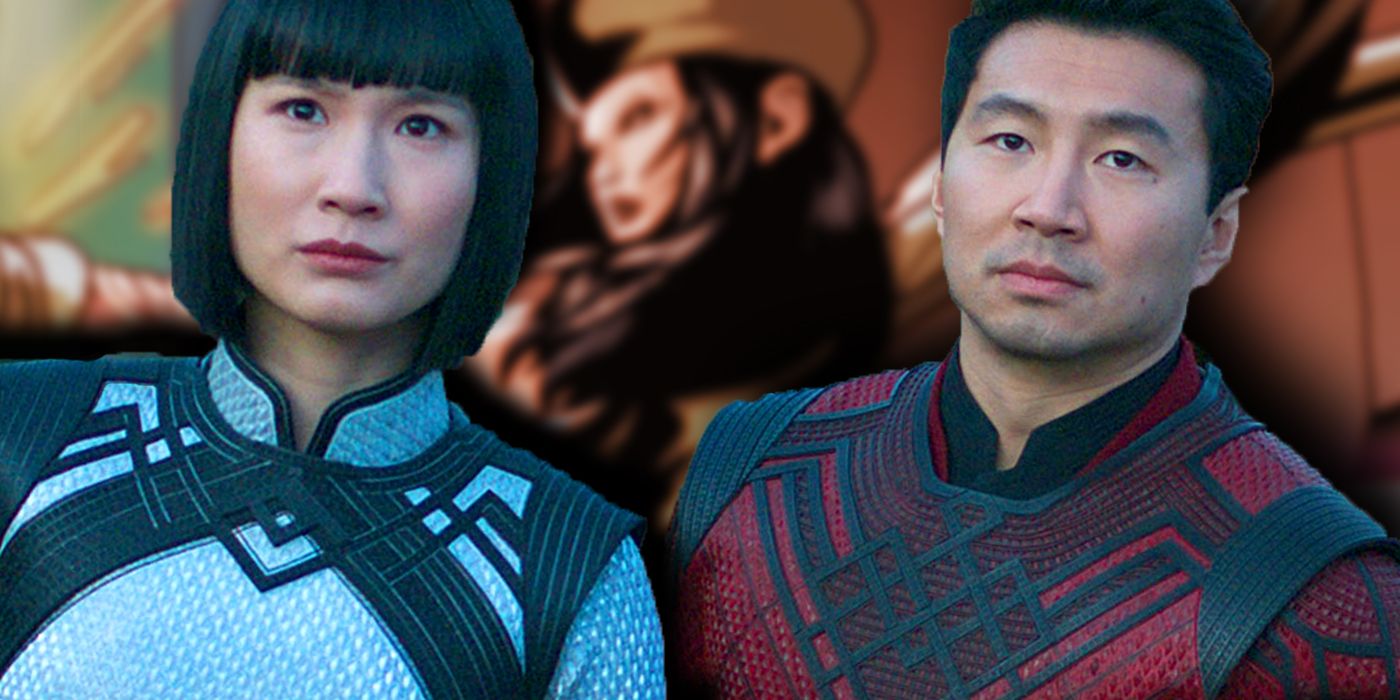
Today, we look at why Shang-Chi's sister had to be re-named for the Marvel Cinematic Universe film.
In "Follow the Path," I spotlight changes made to comic book characters that are based on outside media, as well as characters who entirely came from outside media. I’m sure you can think of other examples, so feel free to e-mail me at brianc@cbr.com if you want to suggest some other examples for future installments.
In case you're unfamiliar with the character (outside of the distinctive facial hairstyle that the film version of the character inspired), Fu Manchu is an Asian villain who appeared as the villain in a series of adventure novels by British novelist Sax Rohmer that began in 1913. Fu Manchu was the epitome of the idea of "Yellow Peril," which is when writers turn Asian villains into some sort of exotic boogey man. Here is how Rohmer described Fu Manchu in one of the books, "Imagine a person, tall, lean and feline, high-shouldered, with a brow like Shakespeare and a face like Satan, ... one giant intellect, with all the resources of science past and present ... Imagine that awful being, and you have a mental picture of Dr. Fu-Manchu, the Yellow Peril incarnate in one man." Fu Manchu is essentially one of the world's earliest supervillains.
Fu Manchu's main rivals in the books were Sir Denis Nayland Smith and Doctor John Petrie. Smith and Petrie were, themselves, riffs by Rohmer on the-then contemporary Sherlock Holmes stories by Sir Arthur Conan Doyle (it is fascinating how certain characters, like Sherlock Holmes, feel like they have been around forever, but there were new Sherlock Holmes stories by his creator as recently as 1927, less than a hundred years ago! The most recent Mary Poppins book written by her creator was released in 1988!).
When Marvel introduced Shang-Chi in 1973's Marvel Special Edition #15 (by Steve Englehart, Jim Starlin and Al Milgrom), the company also licensed the rights to the Fu Manchu novels from Rohmer's estate, and so when we first meet Shang-Chi, he is showing off his skills on some formidable opponents and we slowly discover that it was all a test and Shang-Chi is the son of the legendary criminal mastermind, Fu Manchu. However, we also learn that Shang-Chi has been in isolation for all of his life and his father had convinced him that he is actually a legendary DO-GOODER and that Shang-Chi must his his newfound fighting prowess to eliminate one of his father's most evil enemies...
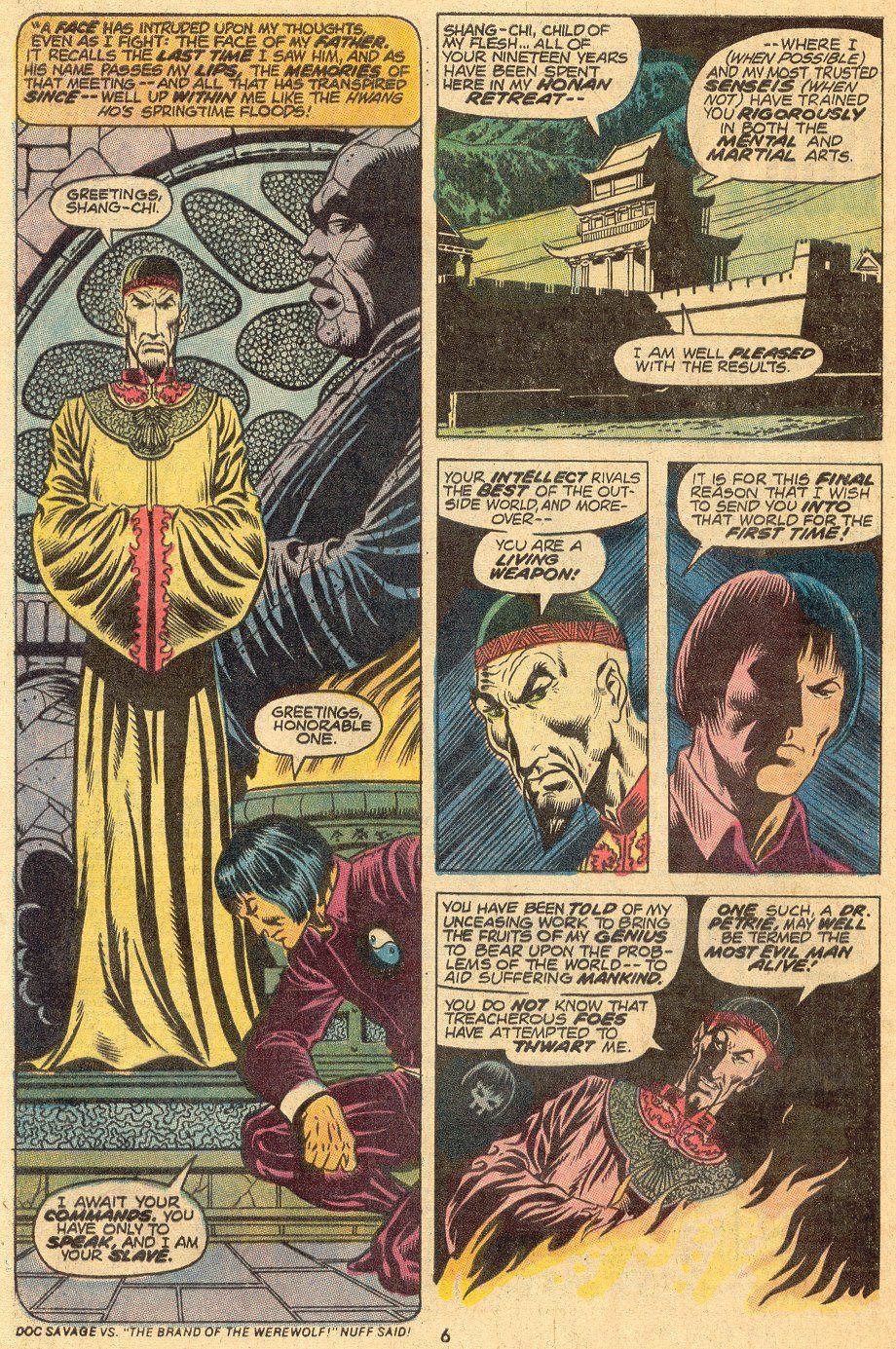
After seemingly killing Dr. Petrie, Nayland Smith convinces Shang-Chi that his father is evil and Shang-Chi then devotes himself to taking down his father's criminal empire.
Well, decades before Shang-Chi was introduced, one of the early Fu Manchu novels established that the villain had a daughter. She finally became a major character in 1930's aptly-titled The Daughter of Fu Manchu, where Rohmer finally named her Fah Lo Suee, a pet name Fu Manchu had for his daughter which means, roughly translated, "sweet perfume."
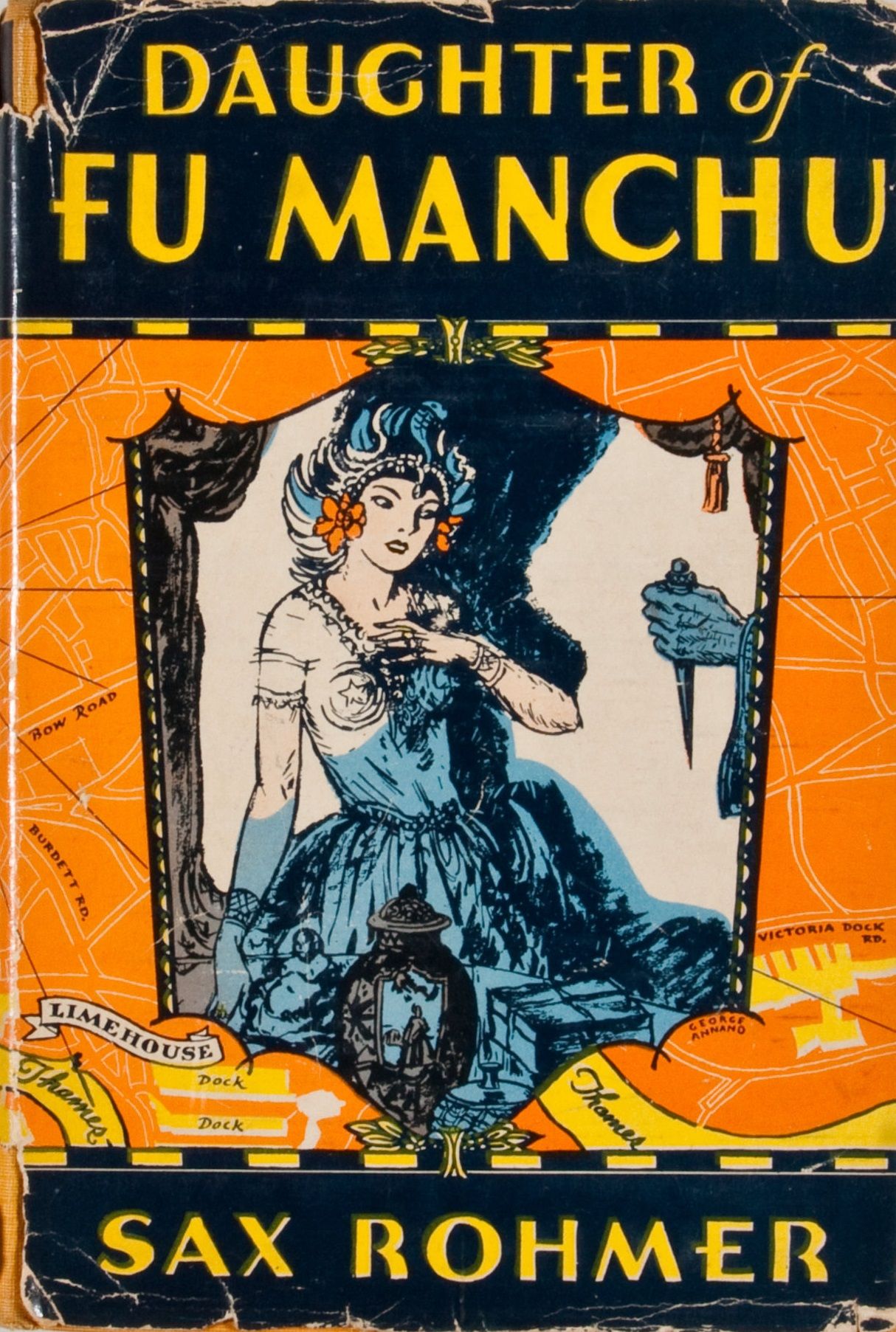
So even if you want to just count the 1930 book as her first real appearance, that was still over forty years before Shang-Chi was introduced.
Fah Lo Suee was adapted into a number of film adaptations of Fu Manchu, but notably, she was renamed for almost all of them, because Fah Lo Suee was hard to pronounce. She was Ling Moy in 1931's Daughter of the Dragon. She was Fah Lo See in 1932's The Mask of Fu Manchu. She was the properly named Fah Lo Suee in 1940's Drums of Fu Manchu. She was Lin Tang in the Christophe Lee Fu Manchu movies of the 1960s. A version of her was merged with another female character, Karamaneh, in 1956's The Adventures of Dr. Fu Manchu.
Shang-Chi's ongoing series, Master of Kung Fu, took over the numbering of Marvel Special Edition and Fah Lo Suee made her comic book debut in Master of Kung Fu #26 in 1974 (by Doug Moench, Keith Pollard and Sal Trapani)...
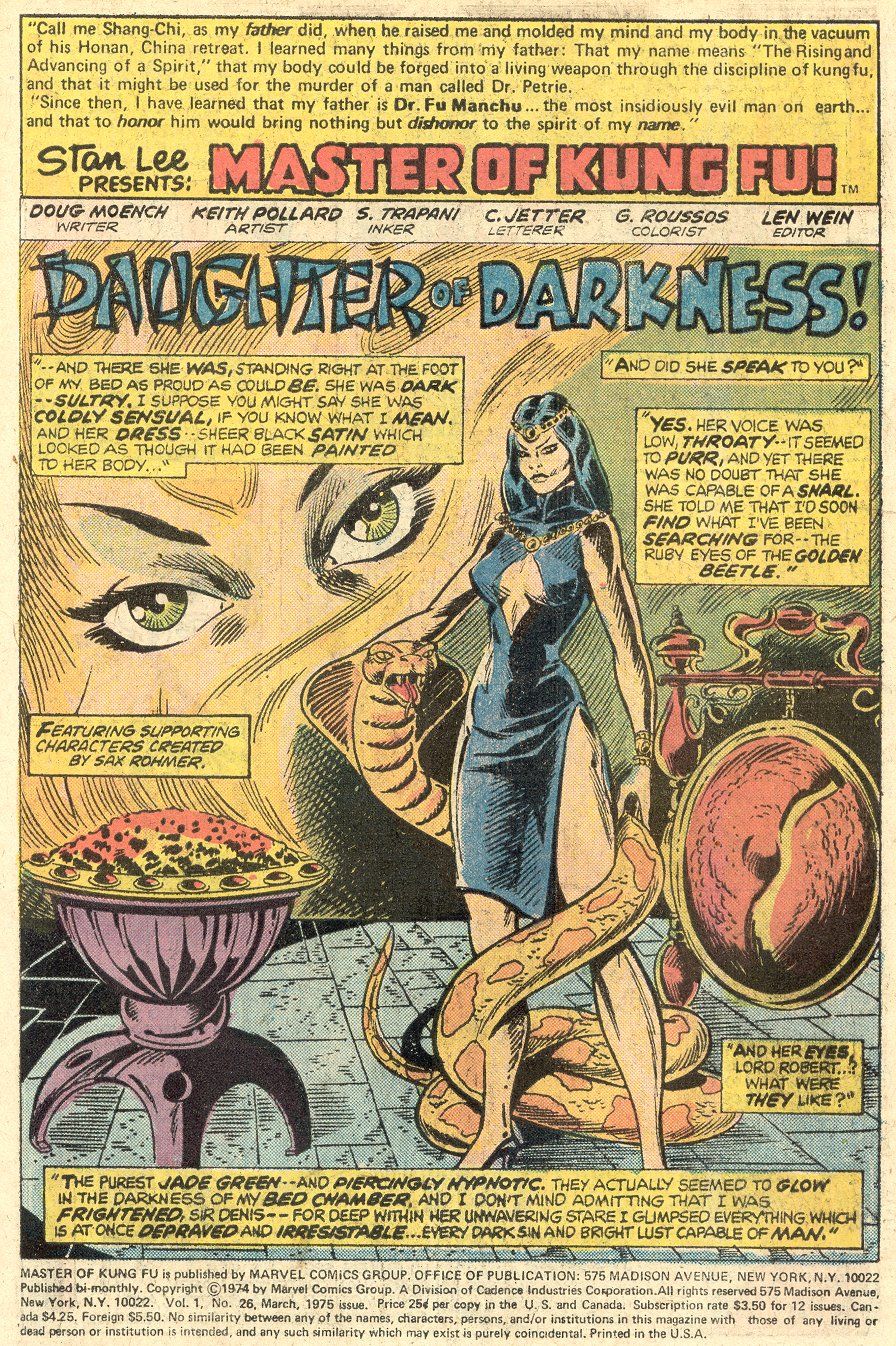
She was initially a villainous character, but over time, became an ally of her brother (although she would backslide from time to time).
Master of Kung Fu lasted into the 1980s (Moench wrote almost the entire series, as the book was canceled soon after he left Marvel in the early 1980s), and once it was over, the licensing deal with the Rohmer estate was over, as well. Once the licensing deal was up, Marvel could no longer use Fu Manchu, so instead Marvel would constantly refer to Shang-Chi's father as simply "Shang-Chi's father." Similarly, other Rohmer creations were off-limits, including Fah Lo Suee.
After years of just calling him "Shang-Chi's father," Ed Brubaker came up with his new official name, Zheng Zu, in Secret Avengers #8 (by Brubaker and Mike Deodato)...
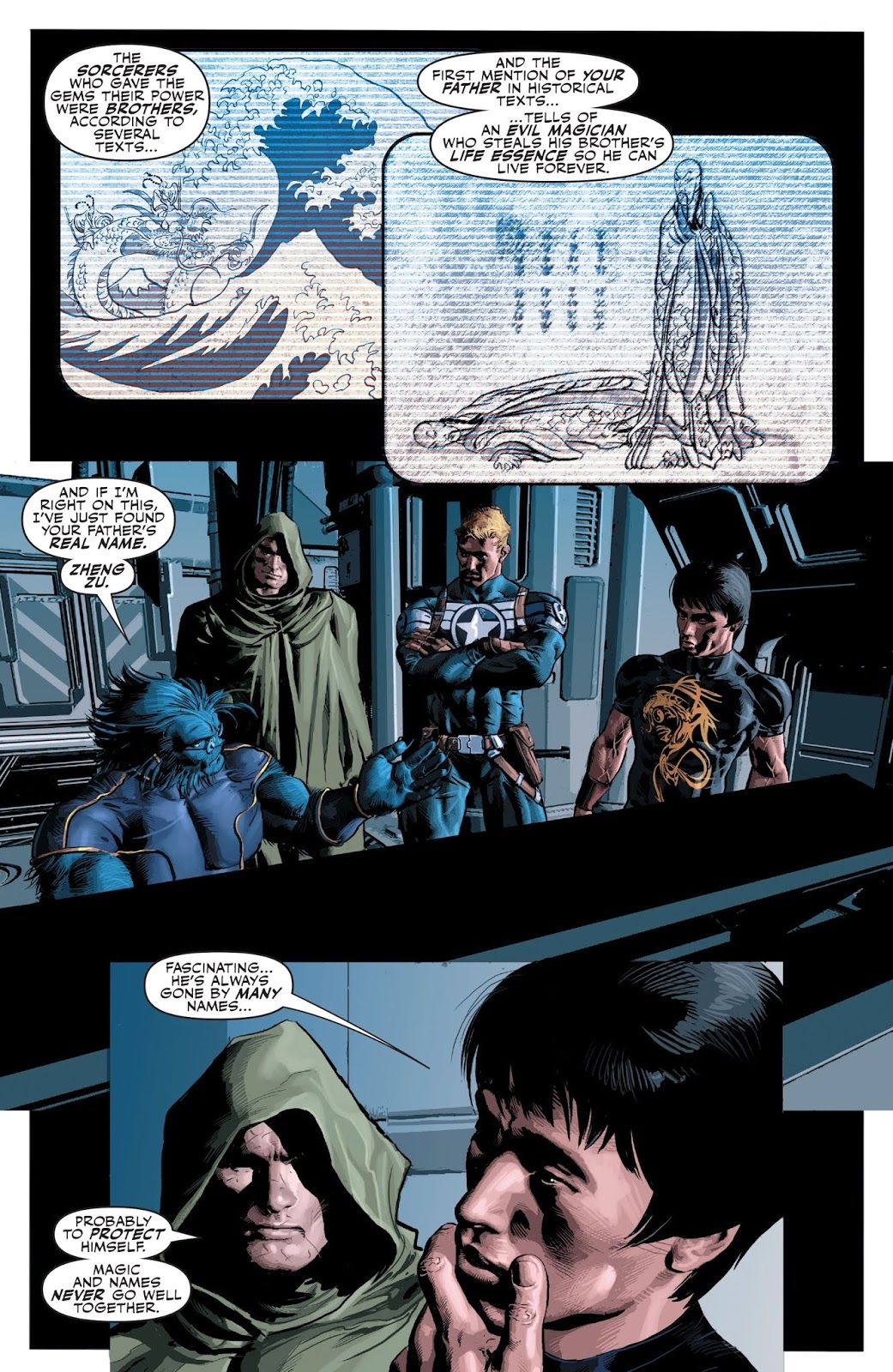
With Zheng Zu now being the name, his daughter showed up again in Fearless Defenders #8 (by Cullen Bunn, Will Sliney and Veronica Gandini) as Zheng Bao Yo, named after her father...
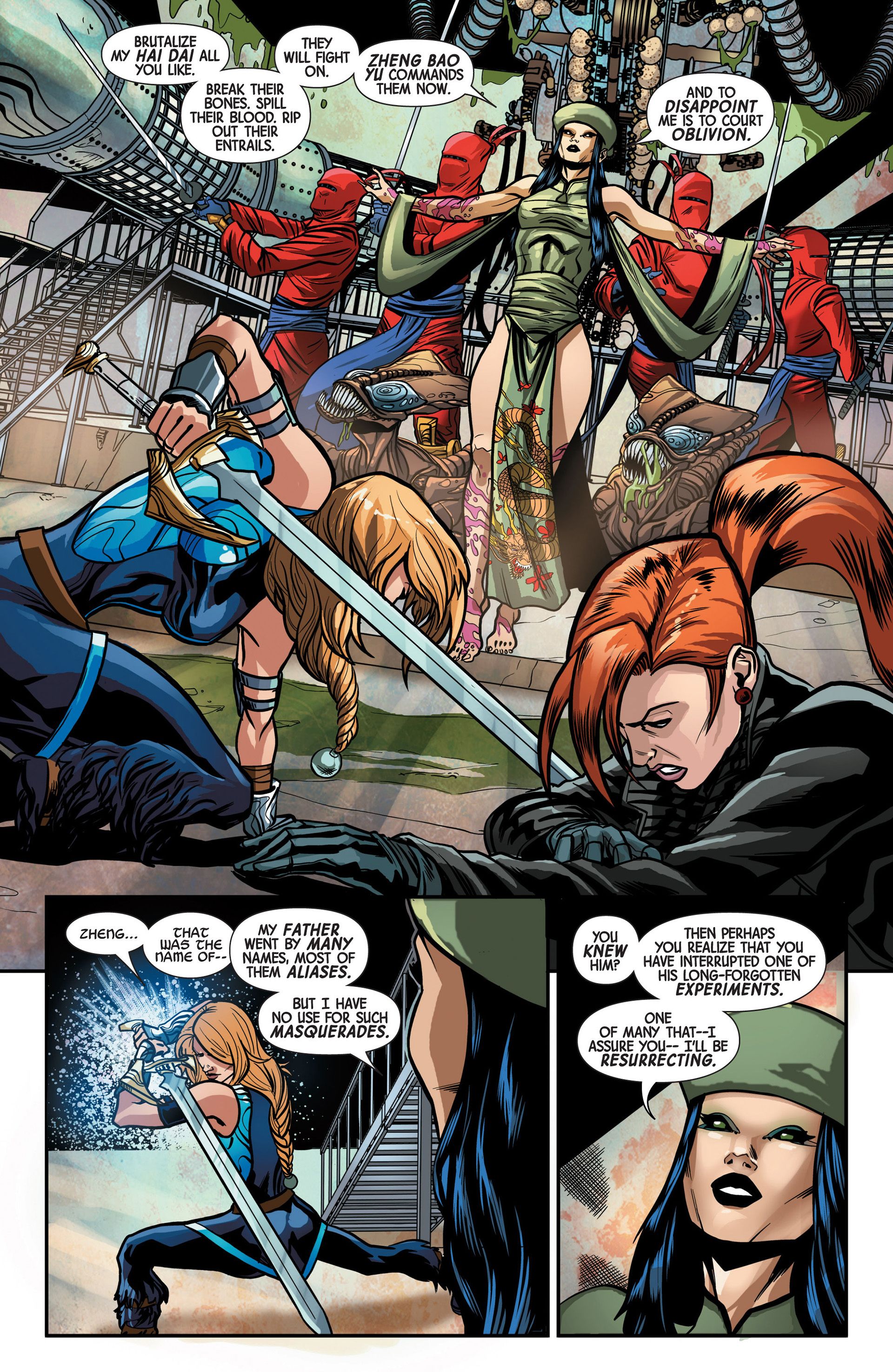
That's all well and good, but in the new Shang-Chi film, Shang-Chi and the Legend of the Ten Rings, obviously Shang-Chi's father isn't Fu Manchu, but they chose not to use Zheng Zu EITHER, so Shang-Chi's sister couldn't be called Zheng Bao Yo EITHER, choosing to use a NEW name, Xu Wenwu, so the film just came up with their own name for the sister character, dubbing her Xialing...
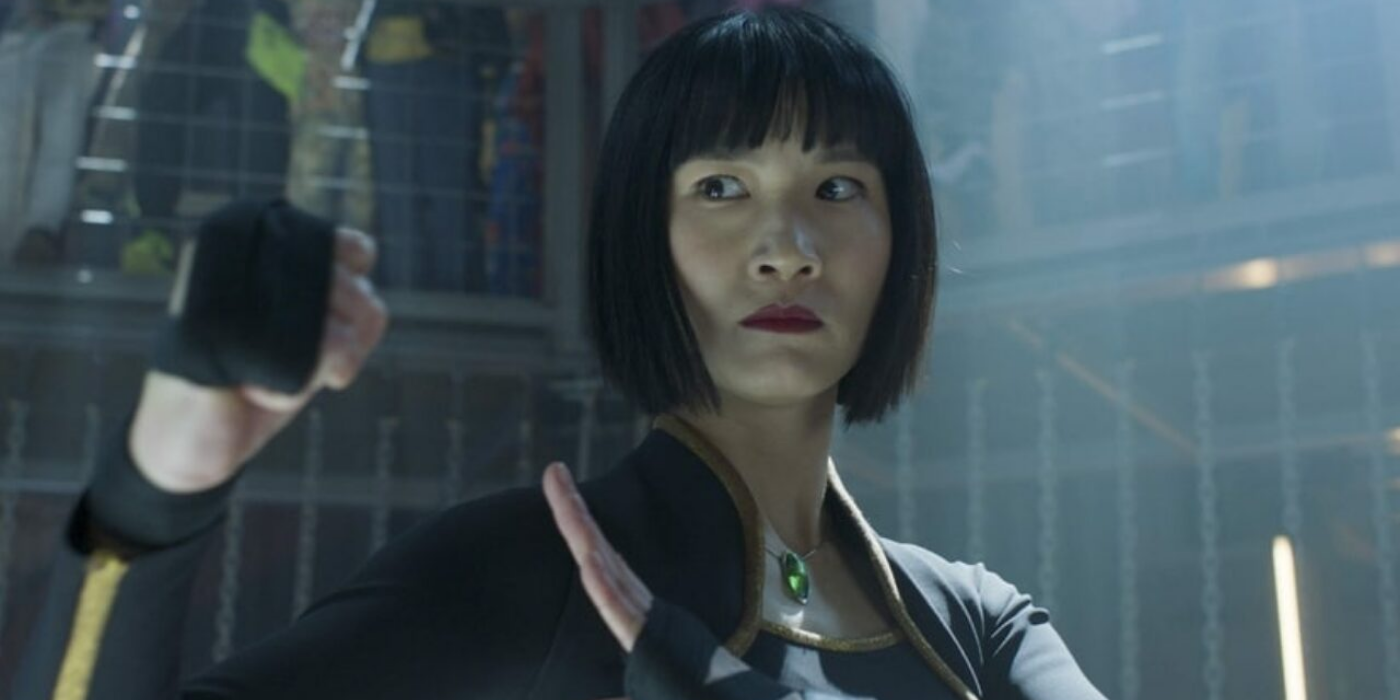
In the current Shang-Chi series from Marvel Comics, writer Gene Luen Yang has avoided the issue entirely by just not using the Fu Manchu-era characters PERIOD, including Zheng Bao Yo, instead introducing a number of NEW half-sisters of Shang-Chi into the series to basically take her place in the narrative.
That's it for this installment of Follow the Path! If anyone else has a suggestion for a comic book character changing due to TV or movies, drop me a line at brianc@cbr.com!
0 Comments